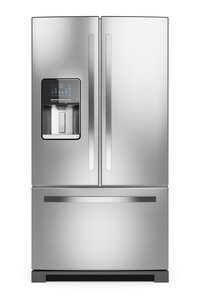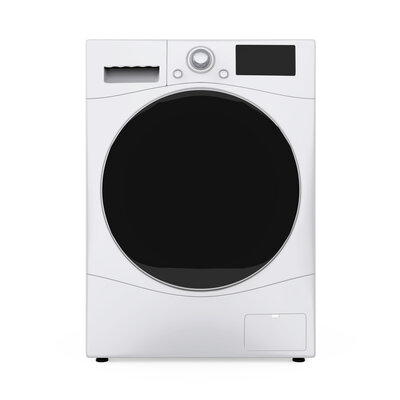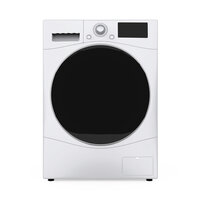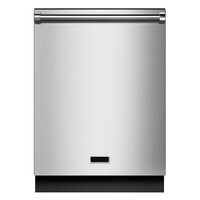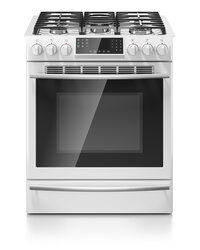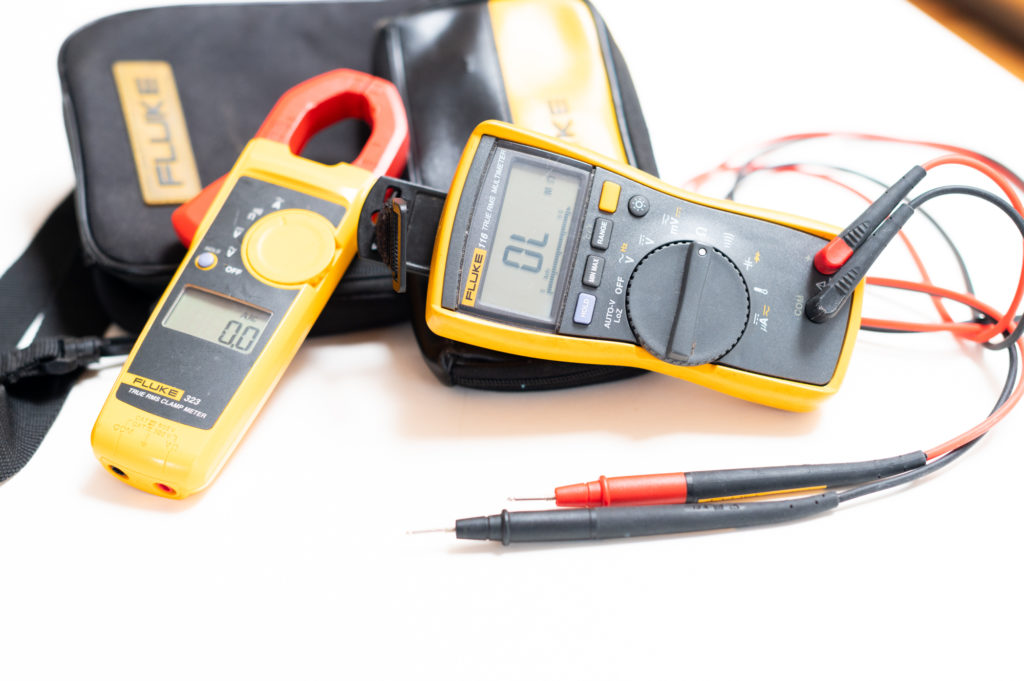

Monitoring refrigerator amps is a way well trained appliance repairmen on Long Island and around the world, diagnose & service brands like Sub-Zero, GE, Maytag and more.
Homeowners often take interest in energy efficiency and refrigerator amp draw when they have:
- Utility costs on the rise
- An older refrigerator


***Before we get into our approach for checking and measuring your refrigerator amps, we think it would be best to give you some electrical theory.
With a bit of electrical understanding now, you will be better suited to make an educated decision later.
Georg Simon Ohm & His Law
Ohms law is a fundamental mathematical tool the appliance repairman, electricians, DIY champions and many others use while working with electricity.
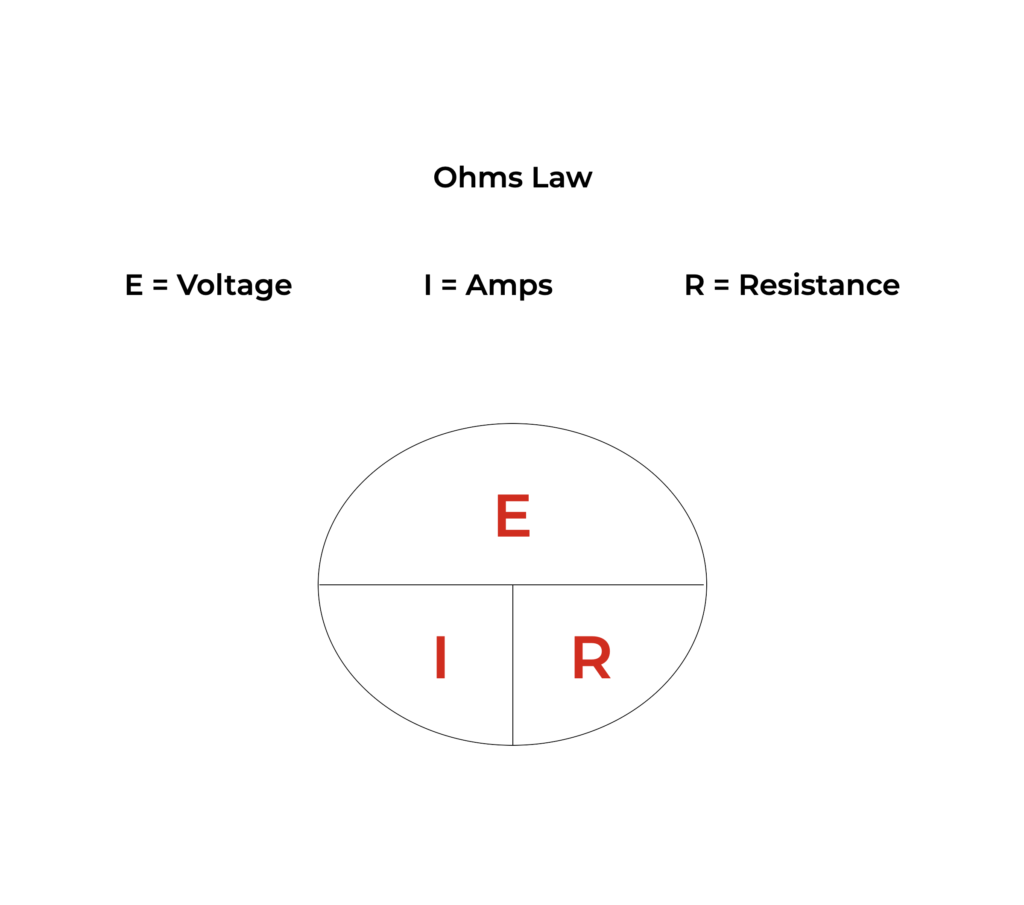

Voltage, amps and resistance work hand in hand with each other.
Example – E / R = I
Try it like this – 120 volts / 40 ohms = 3 amps
While calculations can get involved at times, we will keep things simple for today.
Amp draw is a ‘loose’ but quite effective way to understand how a load (a device that facilitates movement, light or heat) is doing inside of a circuit.
Home refrigerators have about 6 components on the appliance where amp testing could prove helpful.
For this article we will keep our focus on the compressor aka “the heart of a refrigerator.”
We chose the compressor because as a rule of thumb, it is typically the biggest power guzzler on a home refrigerator.


The image above is a model number data tag taken from a Sub-Zero refrigerator. (Learn a bit more about us and Sub-Zero repair)
If you look near the center of the image, you should see “Total Amps 11.0”
The refrigerator manufacturer is stating here that their appliance should have a total amp draw of 11 AMPS or less.
This rating and spec for the Sub-Zero includes both compressors, the defrost heater, all motors and other loads found on the appliance.
(Think total – combining every & all electrical factors)
Lets answer a common question:
“Should the refrigerator be on a separate and dedicated circuit back to the breaker panel?”
We say yes!
Most, if not all home appliance manufacturers say yes too.
Got it? Good 🙂
The Refrigerator Compressor


Residential refrigerator split phase compressors found in the US are set to run one speed @ 120VAC.
While inverter controlled BLDC and Linear compressors are becoming a bit more popular, we will focus on the traditional split phase style here.
Amp draw testing will become a bit technical / challenging on those models. They typically are very efficient to begin with.
As a rule of thumb most compressors in home refrigerators run / operate between 1.0 – 2.0 AMPS.
2 basic options for homeowners looking to test amps
- A. Test amp draw in defrost & cooling
- B. Plug the whole unit into a wattage analyzer
Refrigerator Amps – Defrost & Cooling
To test the whole system amp draw in these two different cycles would require a bit of know how and or patience.
If defrost and cooling are the two options for amp testing, the easiest is the cooling cycle.
We will now explain how to test for amps in a cooling cycle, but be sure to read our whole unit wattage analyzer approach too.
Warning***
You’re aiming to learn about and possibly even work with electricity.
Unless you feel comfortable and safe doing so we advise you not to remove any panels in order to test.
Electrical shock can result in injury and or death. Please do so at your own risk.
Clamp Meter Time
Removing the unit compartment cover (where the compressor is) and placing your clamp meter around the black or white wire coming off the main plug is best.
If you are able to access the compressor itself, clamp around your common compressor wire and measure running amps.
The above will require you to know when the unit is in cooling vs defrost.


PIE – The Best Kind of Math
Remember Ohms law? E/R=I.
Well there is a bit more math on your horizon if you choose to go the manual route in refrigerator amp testing.
The good news is, you finish with PIE.
P = Power or Watts
I = Amps
E= Voltage
Voltage Multiplied by Amps = Wattage
If you now know your voltage (Nearly all home refrigerators in US are 120VAC) and you tested your refrigerator amp draw – let’s talk Watts
Want to use a free online Ohms Law and Power calculator – We use Calculator.net
Watts AKA Power
Electrical energy is typically calculated via the electric utility in kW/h (kilo watts per hour)
Let’s use the Sub-Zero data tag image we explored earlier with PIE
(11.0 Total AMPS & 120VAC power supply.
120Volts multiplied by 11AMPS = 1320 Watts
Older refrigerators are known to run somewhere near 8 hours a day with a whole lot more compressor starts than the newer modern refrigerator. (Thats 1 big reason older refrigerators score less on energy efficiency)
If we take that 8 Hour concept and multiply it by our newly calculated 1320Watts – we get 10,560 Watts daily.
Not done yet but almost…..
Since electrical utility companies speak mainly in Kilo-watts-per-hour (kWh) we need to divide by 1000. (Who knew appliance repairmen would need math?)
10,560Watts / 1000 = 10.56 kWh
Now grab your utility bill and check the rate you pay per hour to finalize your math.
Advice from our refrigerator repairman
Unless you’re an appliance repair service technician or someone who loves math & DIY projects – we think you should save a bunch of time and buy a product like the one linked below
While we do not have any personal experience with the product, if it works as stated (5000+ positive product reviews) you should get reliable results for your needs.
We especially think this is a great decision since most entry level clamp style Alternating Current amp meters cost nearly the same amount as the P3 product above.
Note**
Always follow manufacturer guidelines for the product. We do not advise to leave the P3 on for an extended period of time.
Please plug your refrigerator directly back into the wall outlet right after you get your testing results.
Well that’s it, we hope you enjoyed learning a bit more about working with and testing your refrigerator amps.
If you or anybody you know has a refrigerator that is no longer cooling, not starting, not making ice or simply needs a great appliance repair service on Long Island, NY—Contact us today….
We can help with repair in Westhampton and many other Suffolk County,NY towns too.
If you have a refrigerator in Long Island that is not working remember:
“This too shall pass.”
Was this article helpful you you? Please remember to Like, follow, share or simply check us out on Social Media:
Email: info@eastappliance.com
Phone: 631-263-1961
East Appliance Repair Inc.
“Helping Long Island families make the best possible repair decisions with their home appliances.”

